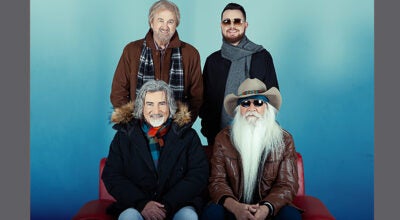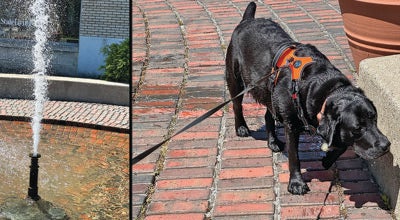Spare change? Coin appraiser sizes up old money
Published 10:17 am Wednesday, April 1, 2009
PROCTORVILLE — What about those old coins tucked in a drawer? Are they a real numismatic find or some spare change that belongs instead in your pocket.
That’s what area residents got to find out Tuesday when an appraiser from HCC, a rare coin management company based in Toledo, came to the WesBanco branch in Proctorville.
Representatives from the firm come to the Proctorville branch twice a year, spring and fall, to do free appraisals. They will also buy coins on the spot. HCC says it is the only buyer of coins that exclusively works out of banks instead of other venues such as hotels. Right now HCC appraisers offer their services in seven states besides Ohio.
The first thing a prospective treasure seeker should understand is when it comes to coins old doesn’t immediately translate into big bucks, according to Rich Giedroyc, a numismatist with HCC.
“The most common mistake is to think it is rare because of its age,” he said. “It has to go along with the condition of the item and its scarcity.”
For instance, a 1906 Barber-designed quarter could bring $12, if in a condition that is better than normal.
However, an 1851 large cent might have been worth $5, if it weren’t for a hole drilled at the top, possibly so someone in a past era could have a conversation piece for a watch fob.
Then, of course, there are the coins Giedroyc handed back to the “collector.”
“That one you can put in your pocket and spend it,” he said.
Rarity in coins comes in as many shapes and sizes as the variety of denominations of American currency throughout the decades. At one time coins were described as specie, meaning they were worth the actual amount of metal in them. A large cent penny was a penny because it contained a penny’s worth of copper.
However, nowadays, coins are fiat or there is no intrinsic value in them. Their value comes from the faith and trust held in the government and economy.
Often the value of a coin rests in an unexplainable change of mind by the powers that be. Take the case of the 1921 silver dollar. Originally the dollar circulated was called a Morgan, named again for its designer.
However for one week after Christmas, the government inexplicably switched to the peace design and continued producing that look through 1934. For those who have one of those post-holiday dollars in hand that mercurial act of the treasury could translate into some money.
Giedroyc has fancied coins since he was a child and today gets paid to pursue an activity he calls a business, a hobby and a science, depending on the level it’s taken to.
His joy in going out to do appraisals comes from the pleasure of handling precious coins.
His most treasured?
A $4 gold Stella that originally was minted in 1879 and 1880. When that particular Stella that showed up across his appraisal desk Giedroyc put a $300,000 price tag on it.
The Stella coins were never minted for general circulation, but rather given out to U.S. Senators as a kind of souvenir. The provenance of that particular coin, Giedroyc didn’t offer except to say if it didn’t come originally from a prominent politician, there might be a less savory possibility.
“Some of the senators spent the coins at the local bordello.”




